Here in the Far North, May marks the end of our main growing season, and the start of the rainy (sometimes coldish) season.
Dropping temperatures and frosts start to signal a hibernation period for many pest populations, meaning the main garden pest to worry about is usually slugs and snails.
A high-level glance at what can be done this month:
- Garlic season – planting can begin in earnest this month, and continues through to July.
- Source and plant out onions and perennial onions.
- Get the last of the brassica planted before spring.
- Direct-sow radishes, broad beans, and early peas.
- Tidy up your herbs.
- Pick up fallen leaves from pip and stone fruit, and spray with copper if fungal issues are a problem in your orchard.
- Refresh your strawberry patch.
Zones
Some districts can get away with things others can’t at different times of the year.
Living in the Far North, I have a very long growing season and can still grow some things my friends further south don’t have time for.
So where necessary, I’ll be referring to the zones shown on this map if the advice only applies to some areas.

Growing garlic
I always prefer to plant my garlic in June, but if you want to try a bit earlier, it can start going in the ground now. It’ll be ready to pull before Christmas.
I gave some advice for finding seed garlic and preparing beds back in March’s garden guide. Here’s my planting guide:
Everything I know about planting garlic
Everything I’ve learned about getting a successful garlic harvest in the ground.
A couple of really in-depth resources have been published that you might find helpful. Gary at Gourmet Garlic wrote a really, really deep dive into garlic, I’d recommend checking it out.
If you’re more of a video person, Letetia from Tasmanian Gourmet Garlic presented a series of Zoom webinars which can be viewed on YouTube. Here’s Part One, Part Two, and Part Three.
Onions
Carrying on with the allium family, it’s also time to get onions in. Sow seed directly into the garden.
Onion seed doesn’t last a long time so go ahead and throw the whole pack down. You’ll be able to selectively harvest or ‘thin’ them out and use them as spring onions as you do.
Onion seeds only needs to be sown about 5mm below the soil’s surface. Plant in rows 15-20cm apart.
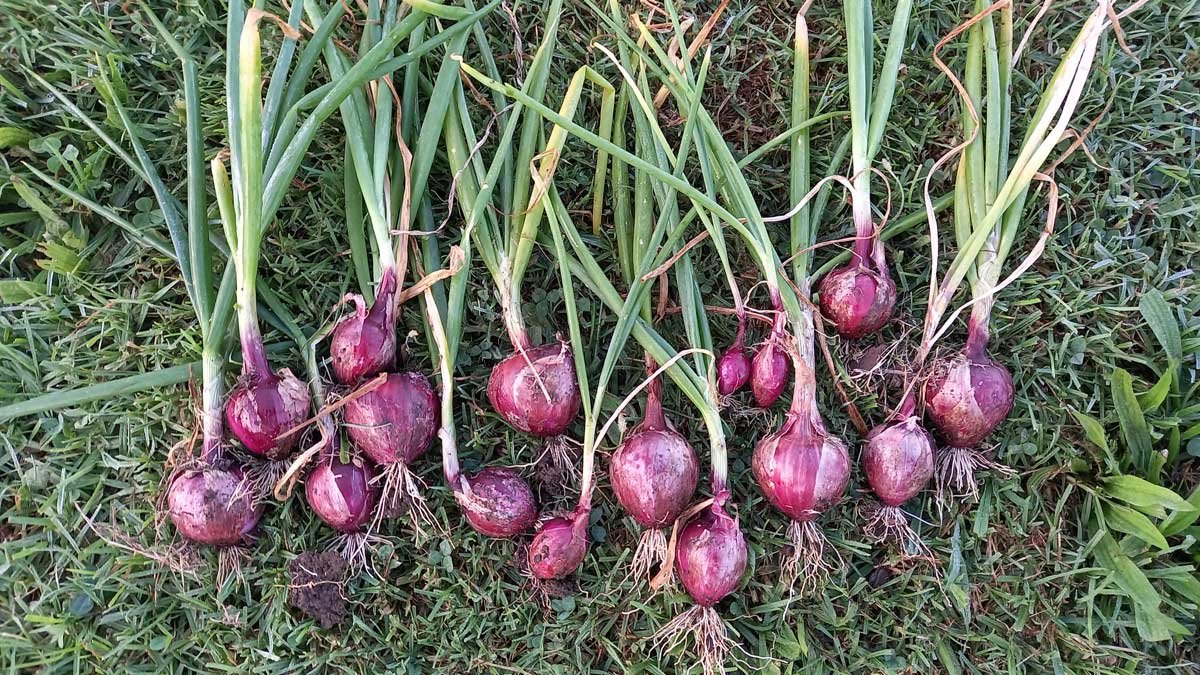
Once they reach around 10cm tall, you can begin to thin them out. Pull out the slower and weaker growers, aiming to leave about 15cm between each onion that remains.
Onions are edible at all stages – use the young ones like chives or spring onions.
Onion varieties
There are two main groups of onion seeds to sow now:
- long-keepers, which have thicker skins, are ideal for long-storage. They will be ready for harvest and curing in December.
- earlies – which won’t be good for storage, but will start providing you with onions earlier in spring and into summer. These will be the ones in your spring and summer salads, like red onions and spring onions.
The most widely available long-keeper is Pukekohe Long Keeper. You’ll find it at most seed retailers, though the version I’ve linked above is a heritage version suitable for seed saving.
Perennial onions
If you’re interested in long-term food security, or you’re just a bit time-poor and want something that mostly grows itself, there is a third type of onion.
Perennial onions can be a little difficult to get your hands on, but are low-maintenance, easy-grow options.
Potato onions are a lot like shallots in that you plant a whole onion, and harvest a pile (10+) of them. Egyptian ‘walking onions’ will plant themselves by forming ‘bulbils’ on the top of stems that fall to the ground to form new onions.
As well as the Kōanga links above, there’s also a range available at Setha’s Seeds.
Radishes
Radishes are a great crop for this time of the year.
The smaller salad ones mature quickly – in about 6 weeks. While the larger daikon can do wonders at breaking apart heavy soils.
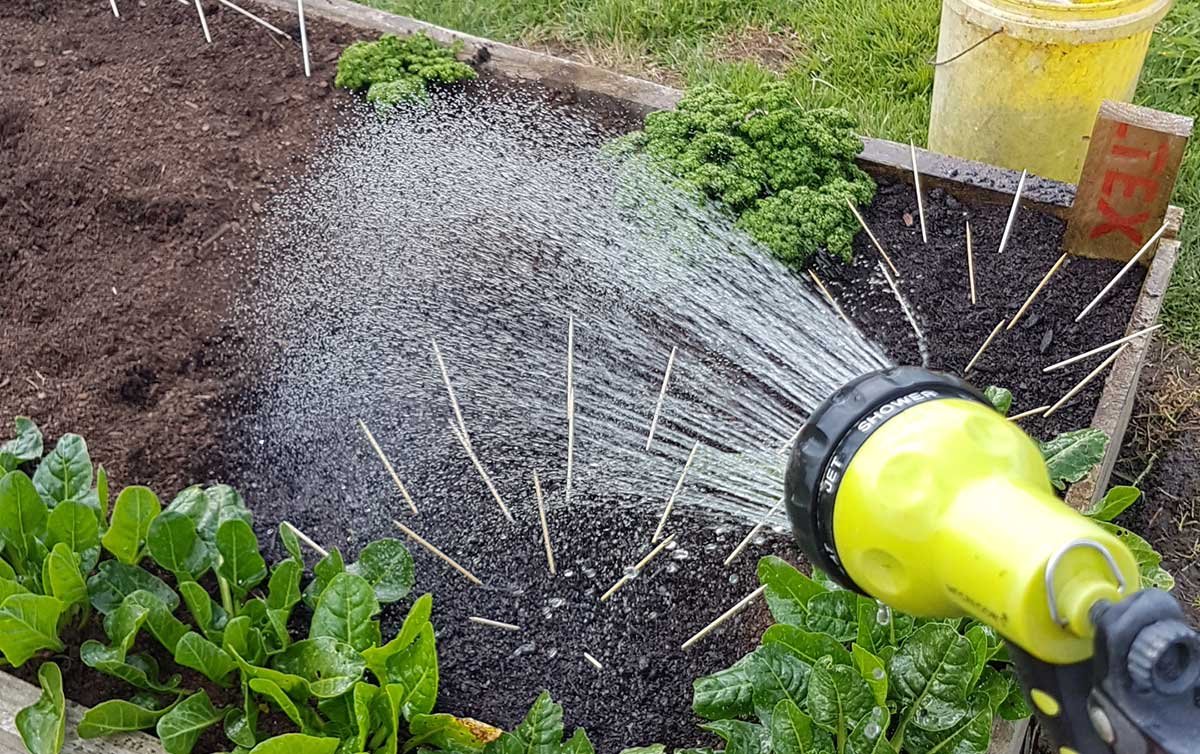
Direct-sowing guide
Direct sowing is spreading seed in the place you want to grow it. This is the best way of getting good results for some crops. Find out which ones!
They are best grown from seed directly sown into the garden.
What else to grow this month
It’s full steam ahead for broad beans – there are some tips for sowing them in April’s garden guide.
If you live in Zone A, you can start planting spring peas. Peas planted this month should be harvestable in late August/early September.
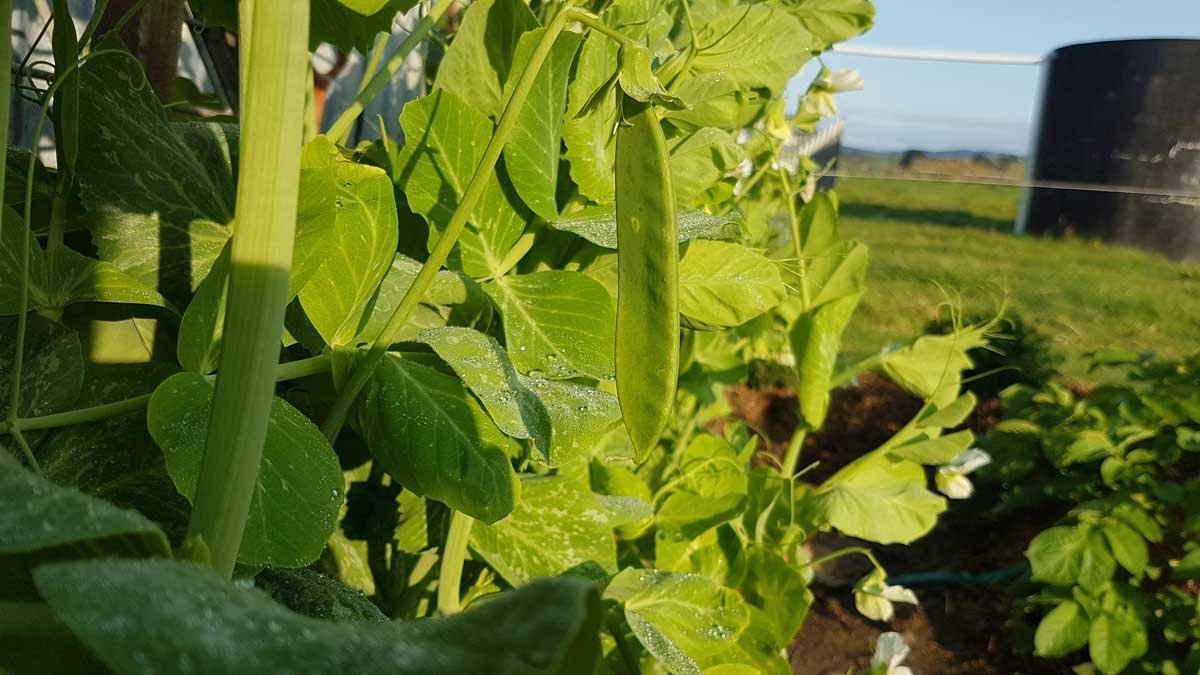
Planting peas
Ever wanted super-fresh peas? They take a bit of work, but nothing compares. Here’s everything you need to know!
It’s probably getting a bit late to grow brassica (cabbage, broccoli, cauliflower, kale, pak choi, brussels sprouts) from seed, but if you live in Zones A or B, you can still plant seedlings.
These will probably be harvestable in early spring, so if the ones you planted earlier are getting big and looking promising, maybe think about another planting this month to keep the harvest going.
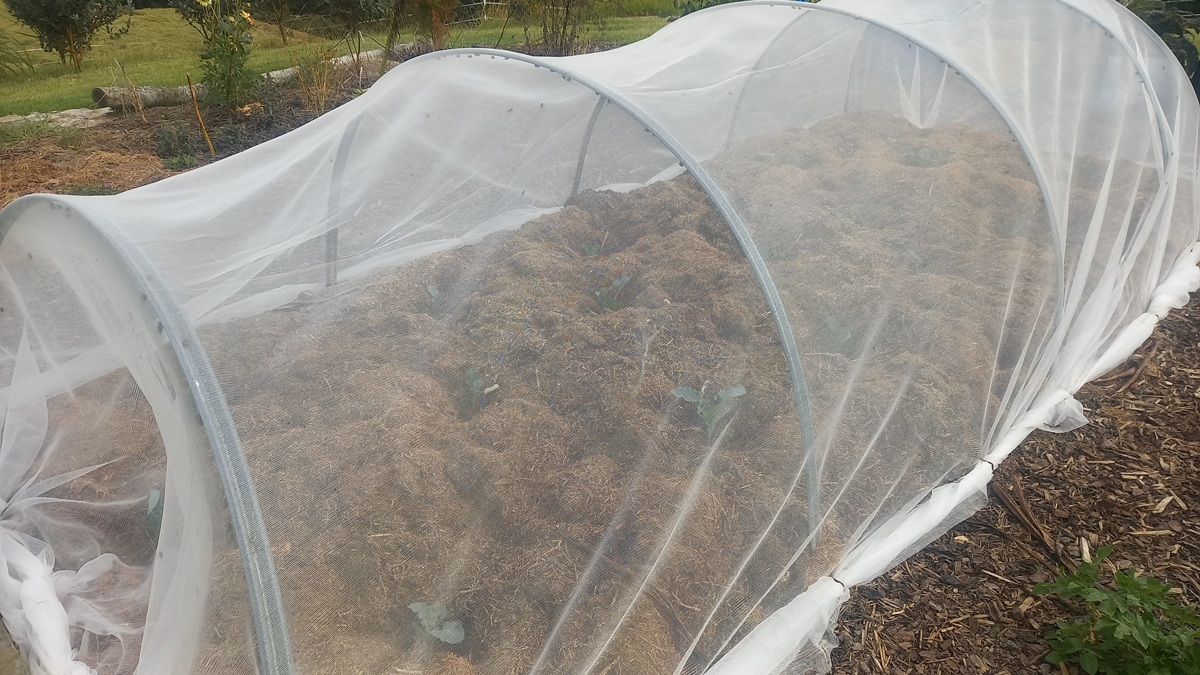
April in the garden
Get more info on autumn tasks for your strawberries, broad beans, leeks, and seed potatoes.
Autumn is also a good time for leafy greens: lettuce, spinaches, rocket, and silverbeet can all be planted this month either from seed, or as seedlings.
Herbs
Your herbs probably need cutting back about now. You’ll probably notice herbs like oregano, mint, and lemon balm getting a bit ‘stalky’.
You can trim back the woody stalks and allow them to bed in for winter. They’ll come back in the spring.
Mow the stalks up for a beautifully fragrant garden mulch or compost ingredient.
It pays to give chives a haircut by cutting them all off about 4-5cm above the ground.
Final harvests
If you haven’t brought your pumpkins inside, it’s time to do that. They’re best picked once the stem turns brown. Wipe off with a damp cloth to remove any debris and place them in a cool, airy, dark place until you’re ready to use them.
I’ve found keeping them on a wire rack really helps to improve shelf life. I bought one of those small tiered cheap greenhouses a few years ago. While the cover busted not that long into its life, the shelf system itself has turned out to be super-handy for drying and storing harvests.
If you’re ripping old tomato plants out, remember that you can often ripen green tomatoes on a windowsill. You don’t have to make a ton of green tomato chutney, just keep them warm and sunny and they’ll keep ripening for you over the next month or so.
Citrus care
Citrus is just starting to ripen here in the Far North. If you’re having problems with insects or fungal infections, there’s enough time to get another round of sprays in. My citrus care guide has more information.
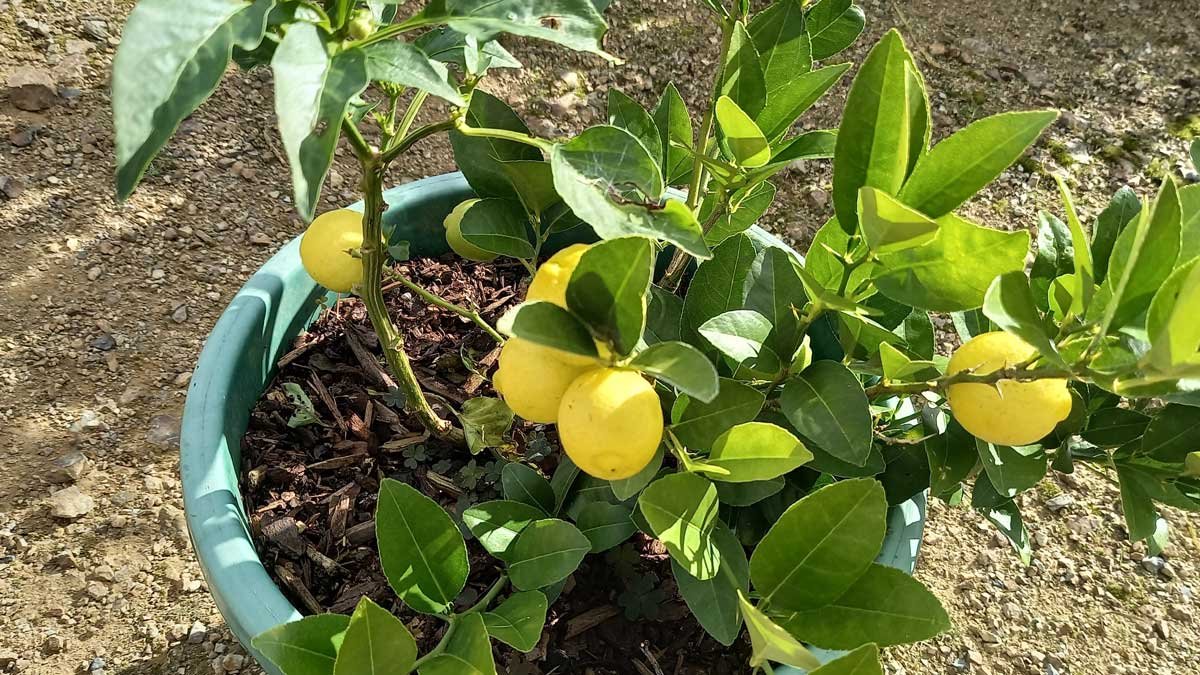
Citrus care guide
A guide to citrus care and common citrus problems in Aotearoa New Zealand.
If you live in Zone C it’ll pay to protect your trees and fruit from frost. There’s more information on that in the citrus care guide too.
Stone fruit
It’s now getting a bit late for pruning, but as your plants lose their leaves, it’s a good time to apply a copper spray to prevent fungal infections.
The small scars left behind by your leaves provide an entry-point for fungal spores, and copper sprays are an organic option to help to prevent infection.
If you have particularly bad fungal issues with your tree, Kath Irvine recommends a beneficial microbe spray called EM.
I haven’t tried it, but the general idea is the “good microbes” in the EM outnumber and overpower the “bad microbes” causing the problems on your tree.
Another thing that will help (though it is, admittedly, very tedious) is picking up the leaves as they fall and disposing of them off-property (green waste). This helps remove fungal spores from the area and prevent them re-infecting your trees next year.
Pip fruit
Harvest should be wrapping up on your apples and pears. Leaf fall will be starting soon.
Once again, these trees can do with a good ‘clean up’ copper spray as the leaves are falling to help protect against fungal infections. EM might be beneficial here too.
It’s still too early to prune, but it’s never too early to think about pruning. Study your trees, and if you see a cut you need to make, mark it with a string, ribbon, or spray paint.
Berries
Rubus berries (blackberries, raspberries, boysenberries) will be beginning to lose their leaves and die back this month.
For now, just let them. We’ll be getting into tidying up patches in the coming months.
Finally, there’s still lots of time to sort out your strawberry patch. Whether you want to renew an existing patch or start a new one, now’s the time to get them planted. There are lots of tips for planting in my strawberry growing guide.
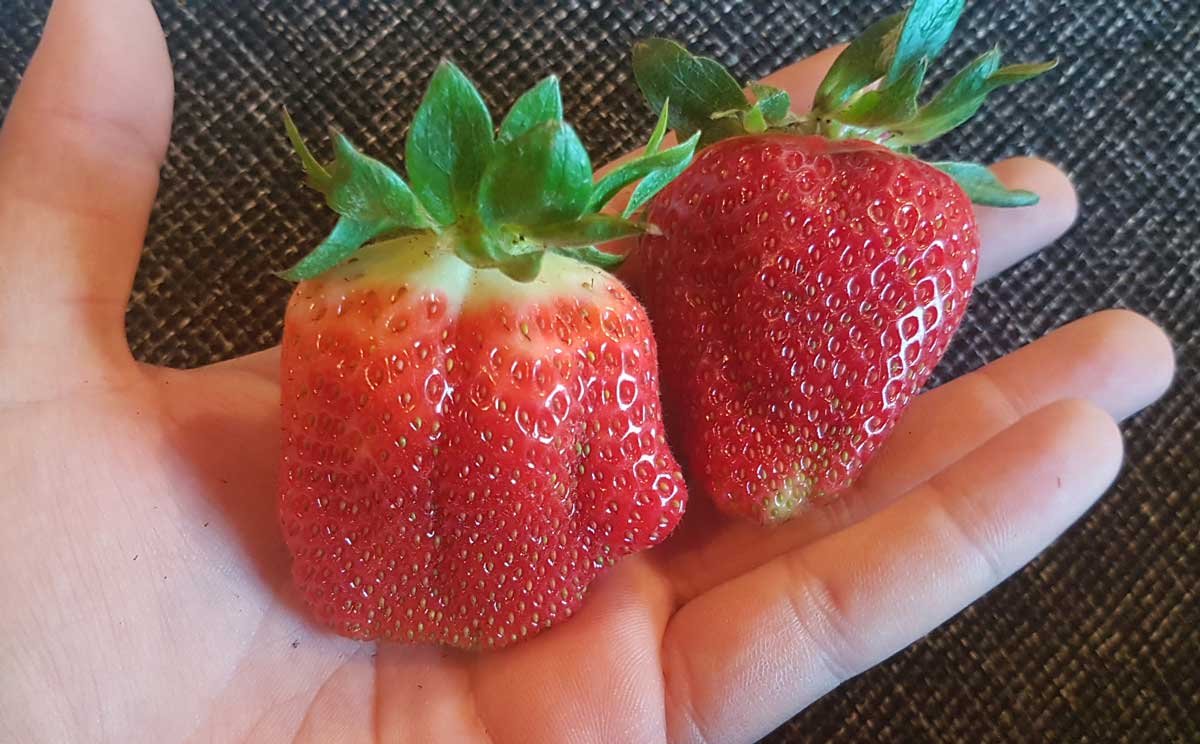
Growing Strawberries
Practically everyone loves strawberries! Learn the important things to know when growing your own.Clean up and look forward
At this time of year, garden work is mostly about tidying up, mulching, and preparing for spring. My garden looks quite empty now I’ve worked my way around most of the beds.
Seeds have been saved or re-broadcast. Earlier plantings of leeks and brassica are maturing, but right now I’m looking forward.
I’m keeping an eye out for my favourite seed potatoes as they start hitting stores. I’m planning what crops I might want to plant next year, and where I might put them.
Gardening is always about looking forward. There’s no such thing as immediate gratification. But a few hours now will make a difference to what you’re getting in spring – so it’s worth making the time if you can.

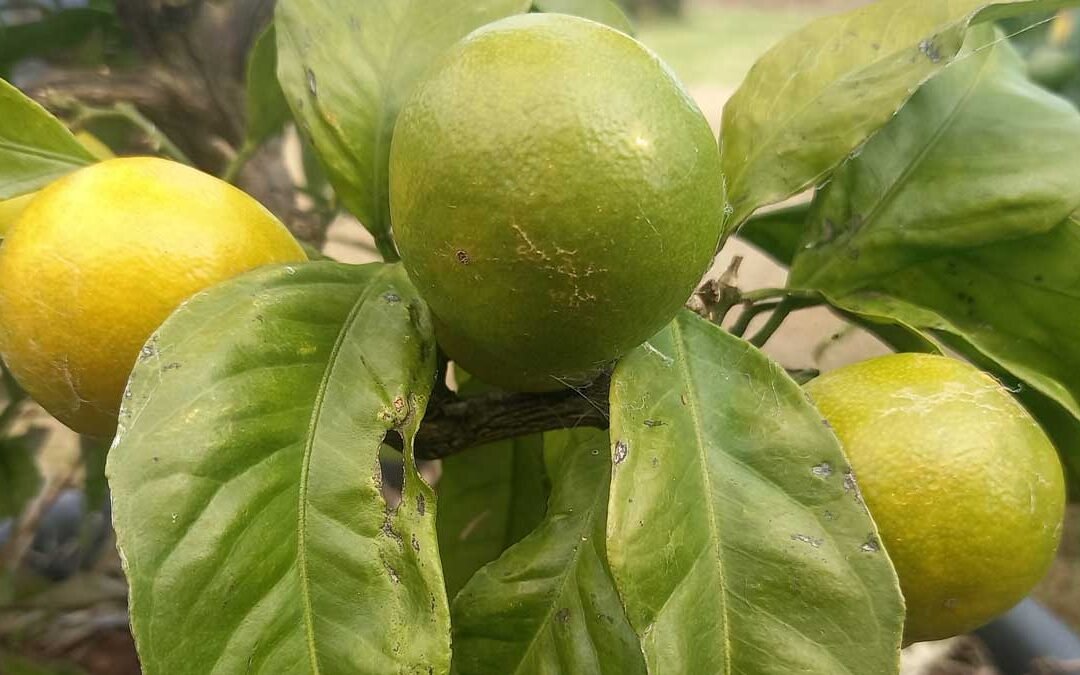


I finally gave up on broad beans, our northeast US weather stays cold too long and gets hot too fast. Slightly better luck with snow peas, so I put in about 30 seeds a month or so ago. Hoping it doesn’t get too hot before they produce.